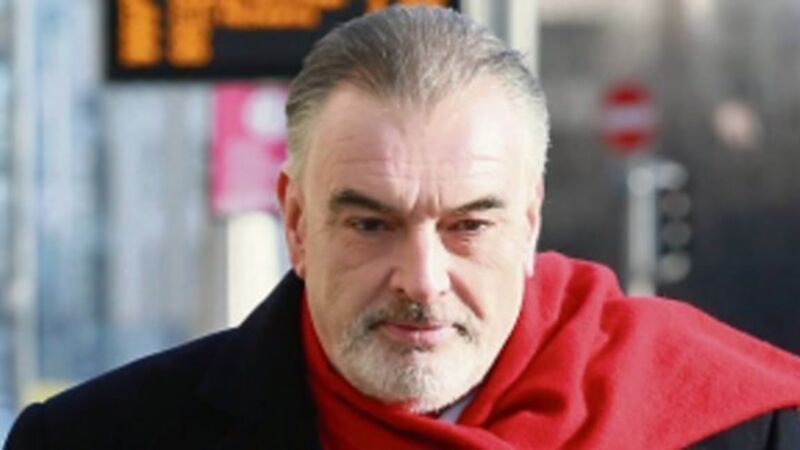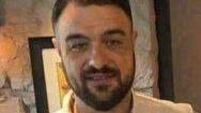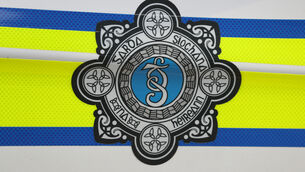VIDEO: Surprise at how quickly jury came back after 59-day case

It took the jury of seven men and four women – a 12th juror was lost over the winter – just over two hours to conclude that three named gardaí had not conspired to have Ian Bailey fingered for the murder of Sophie Toscan Du Plantier in December 1996. They had not conspired to induce a witness, Maria Farrell, to sign statements to that effect. They had not conspired to have Ms Farrell falsely accuse Bailey of intimidating her.
Those were the two issues to which the trial had been boiled down in the last week.
All the other evidence, much of it about strange and sometimes disturbing goings on in West Cork in the aftermath of the murder, was made redundant.
Much of Bailey’s case that he had effectively been framed for murder, was ruled to be statute barred, basically meaning that it had all happened too long ago to be dealt with by the law.
Questions are bound to be raised in the coming days as to why the exclusion of much of the basis for the case was not explored until near the end, adding millions to the cost, but that consideration was not for yesterday.
Bailey sat ramrod straight as Judge John Hedigan read out the two questions, and after each said the answer was “no”. Then he bowed his head, and turned to his ever present partner Jules Thomas. She showed no reaction either.
The gardaí present appeared a little shocked themselves. It was all over much sooner than anyone had imagined.
Also present was retired chief superintendent Dermot Dwyer, who had led the initial investigation into the murder. He had been present for most of the trial, commuting from Cork and returning to the fray more than a decade into his retirement.
He had a measured reaction, to what was, in one sense, a trial about how aspects of the investigation he oversaw were conducted.
“On a human level, I’m glad that the State won,” he said. “But the fact remains that nobody has been charged for that murder.”
Judge Hedigan also made reference to the deceased after the verdict was delivered. He said Ms du Plantier’s “shadow hung over this trial” and he went on to sympathise with her bereaved family.
He also announced that he was referring the transcript of Maria Farrell’s evidence to the DPP.
He didn’t say it, but the obvious implication is that he believes she should be investigated for perjury.
In the end, much of the distillation of the case came down to what Maria Farrell says now, and what she said previously, and whether or not the jury believed her.
For eight years Ms Farrell claimed that she had seen Bailey on the night of the murder, and that he had subsequently intimidated her when he learned she was a witness. In those years, she formed the lynchpin of the garda’s case against Bailey, although any such case fell far short of amounting to enough evidence to prosecute. Since 2005, she has claimed that it was the gardaí that induced her to make false statements against Bailey.
At one point in her evidence in this case, the judge warned her about the dangers of perjury.
At another, she simply left the witness box, mid-cross-examination, and marched out of court, only to be enticed back that afternoon.
The jury’s verdict suggests that the men and women charged with deciding facts simply did not believe the evidence she proffered.
When the trial commenced back in November, leaves were still falling from trees. Yesterday, spring showers signalled nature’s intent to get cracking for a new season.
This jury has to be complimented for sticking with the task, one that the judge described as “one of the most important” cases he had ever heard.
Maybe the jury thought that brevity should be the order of the day at the conclusion of this long, exhausting trial. In the morning, Judge Hedigan took less than an hour to charge them.
In a world where lawyers rarely use one word where four will do, the judge showed himself to be capable of distilling the essence of the trial down to its bare essentials. In his charge, he referred to the scenario in which one person is pitting against the might of the State, references to which had been made in the case.
“David and Goliath comparisons can be misleading,” he said. “Goliath has as much right to justice as little David.”
When it was all over, the various parties drifted out of the court into driving rain. For some, it was free at last. For Mr Bailey, his sense of injustice persists. Where else he has to turn remains to be seen.












